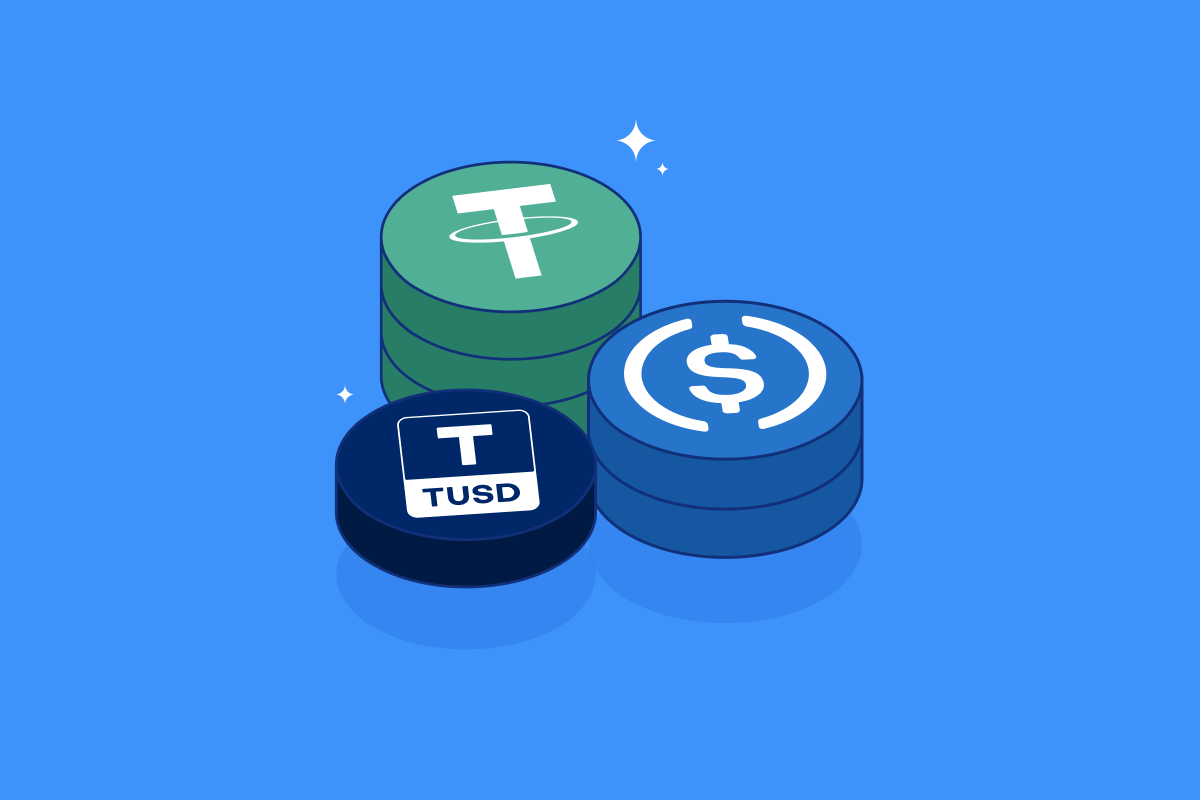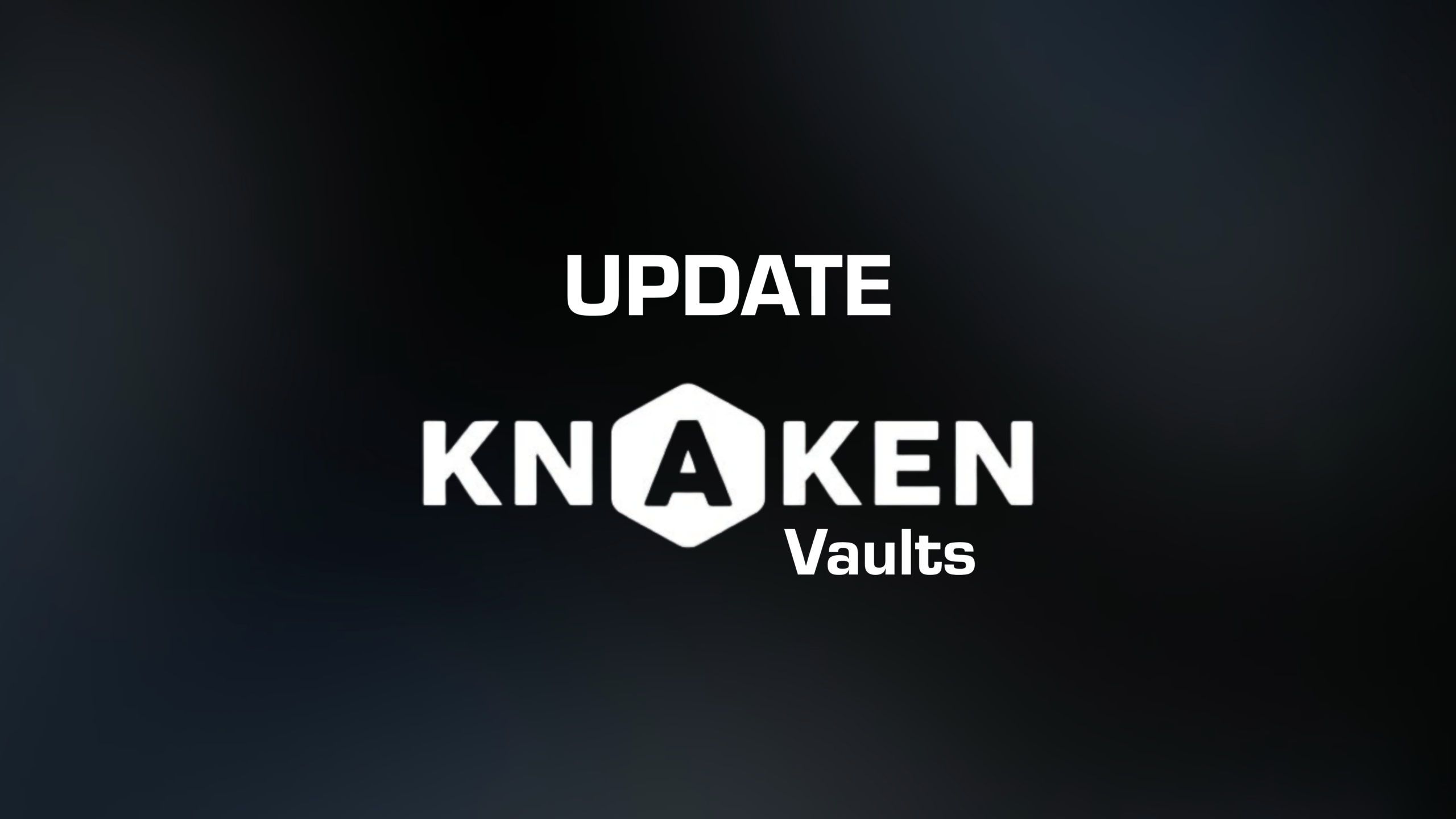Parachains
Introduction to Parachains
Parachains are an innovative and integral component of the blockchain ecosystem, particularly within the context of multi-chain architectures. They refer to independent blockchains that operate in parallel within a larger network, enhancing scalability, interoperability, and specialized functionality. Parachains are primarily associated with the Polkadot network but are gaining traction in other blockchain ecosystems as well.
How Parachains Work
Parachains connect to a central relay chain and leverage its security and consensus mechanisms. This architecture allows multiple chains to coexist and operate seamlessly. Key aspects of how parachains function include:
- Relay Chain: The backbone of the network provides shared security and interoperability for all connected parachains.
- Parallel Processing: Parachains can process transactions simultaneously, significantly increasing throughput.
- Interoperability: Parachains can communicate and transfer assets among themselves or with other networks through the relay chain.
Benefits of Parachains
Parachains offer several advantages over traditional blockchain systems and single-chain architectures, such as:
- Scalability: Multiple concurrent blockchains reduce bottlenecks, allowing for higher transaction volumes and faster processing times.
- Customizability: Developers can create specialized parachains tailored to specific use cases or applications without compromising the main network’s integrity.
- Shared Security: Parachains benefit from the security of the relay chain, which reduces the risk and resources required to maintain and secure individual blockchains.
- Efficiency: By utilizing a shared network for transaction validation, parachains lower costs and improve resource utilization.
Types of Parachains
Parachains can be categorized into various types based on their functionalities and designs:
- Application-Specific Parachains: These parachains are built for specific applications, enhancing performance for particular use cases, such as DeFi, NFTs, or gaming.
- Layer 1 Parachains: Fully-functional blockchains that can host their own applications and smart contracts while still benefiting from the relay chain.
- Layer 2 Parachains: Designed to operate above Layer 1 blockchains to offer solutions like transaction batching or rollups, improving scalability and cost efficiency.
Examples of Parachains
Some prominent examples of parachains within the Polkadot ecosystem include:
- Acala: A decentralized finance platform designed for stability and efficiency, offering features like a decentralized stablecoin and cross-chain assets.
- Moonbeam: An Ethereum-compatible parachain that facilitates the execution of smart contracts and the deployment of decentralized applications on Polkadot.
- Phala Network: Focused on privacy-preserving cloud computing, Phala allows developers to run confidential smart contracts on its parachain.
Challenges and Future of Parachains
Despite their numerous benefits, parachains face challenges such as:
- Complexity: The intricate architecture can be challenging for developers unfamiliar with multi-chain systems.
- Incentive Structures: Establishing effective incentives for network validators and parachain developers remains a critical area for improvement.
- Interoperability Standards: As new parachains emerge, ensuring seamless communication and compatibility becomes crucial.
Looking ahead, the future of parachains appears promising, with increasing adoption in diverse blockchain ecosystems and continuous development of interoperability protocols. The further enhancement of security, scalability, and user experience will likely drive their integration into mainstream applications.
Conclusion
Parachains represent a significant leap forward in blockchain technology, enabling scalable, diverse, and highly specialized solutions. By facilitating parallel operation and cross-chain communication, they offer a compelling alternative to traditional single-chain architectures. As the blockchain landscape evolves, parachains will continue to play a pivotal role in shaping its future, fostering innovation and connectivity across various sectors.


















